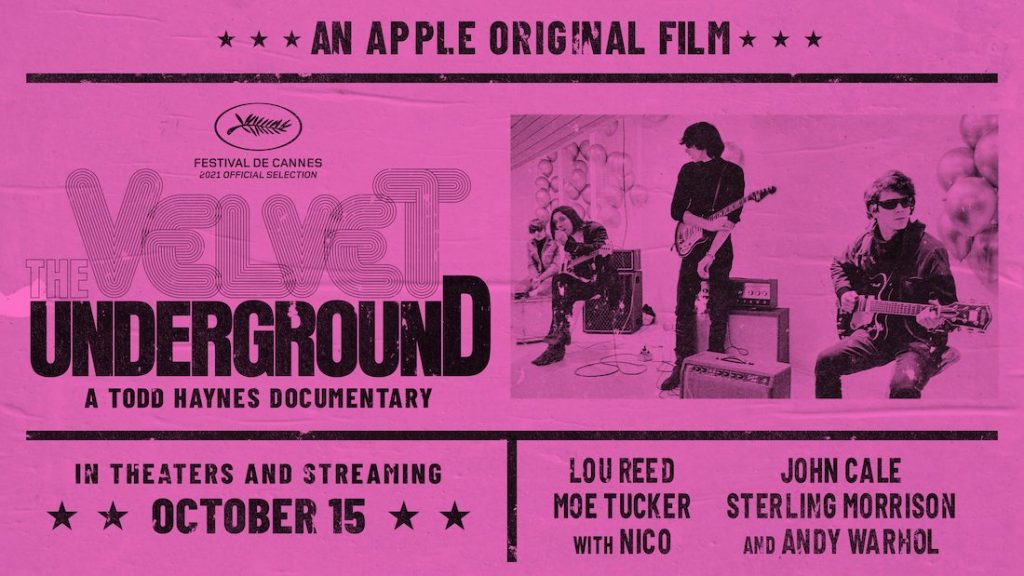![07film[lead]-Power of the dog(1)](https://chico.newsreview.com/wp-content/uploads/2021/12/07filmlead-Power-of-the-dog1-678x381.jpg)
Okay, first things first. An abundance of good stuff found its way into the Stream & Dream screening room during 2021. And the best of it, as of the penultimate week of December, looks like this:
A baker’s dozen “Top Ten” (in descending order):
1. Jane Campion’s The Power of the Dog (USA/New Zealand)
2. Matteo Garrone’s Pinocchio (Italy)
3. Miranda July’s Kajillionaire (USA)
4. Christian Petzold’s Undine (Germany)
5. Chloé Zhao’s Nomadland (USA)
6. David Fincher’s Mank (USA)
7. Elizabeth Lo’s Stray (Turkey)
8. Todd Haynes’ The Velvet Underground (USA)
9. Celine Sciamma’s Portrait of a Lady on Fire (France)
10. Roy Andersson’s About Endlessness (Sweden)
11. Rebecca Hall’s Passing (USA)
12. Thomas Bezucha’s Let Him Go (USA)
13. Anders Thomas Jensen’s Riders of Justice (Denmark)
Honorable mentions (alphabetical order): Annette (France), Concrete Cowboy (USA), Cry Macho (USA), Curtiz (Hungary), The Devil All the Time (USA), The Dig (UK), The Dry (Australia), East of the Mountains (USA), High Ground (Australia), Lost Bullet (France), The Man in the Hat (United Kingdom), Non-Fiction (France), Old Henry (USA), Out Stealing Horses (Norway), (USA).
Let Him Go, with Kevin Costner and Diane Lane, is not the best film of 2021, but it is a particularly interesting example of the year’s compacted and convoluted genre films. Costner is a retired lawman and Lane is his dynamic, horse-whispering wife. Both get convulsively caught up in the wife’s quest to retrieve their grandson, and his young widowed mother, from the clutches of a crime family in rural Kentucky. The matriarch of that family (Lesley Manville, wildly over the top) is an evil stepmother for the ages, and there’s a high body count by the finish. By turns lurid and delicate, empathetic and implacable, the onscreen results are an erratic but mostly fascinating melange of genres—crime film, soap opera, case study, family melodrama, semi-classical tragedy. It borders on the ridiculous, but it’s at its best when it’s setting up competing kinds of rooting interest with the two protagonists while also complicating and sometimes undercutting the powerful sympathies involved with each.
Rich complications of that sort distinguish a number of the year’s most striking genre entertainments. In the Danish Riders of Justice, an aging combat officer seeking justice and/or revenge for the death of his wife finds fragmented, unstable common cause with his college-age daughter and a pair of goofy statisticians. What results is a weirdly perceptive mix of crime story, social commentary and comedy of moral and statistical errors. In Lost Bullet, from France, an ex-convict mechanic who soups up pursuit cars for the police force gets framed for murder by a corrupt cop and must scam his way back to a stolen car that has ballistic evidence that will exonerate him. It’s a crime story in which outlaw guile, high-tech skills and car chases are the key weapons.
In Stray, a sleeping dog in Istanbul is awakened by the midday call to prayer and begins to howl, mournfully, semi-musically and at length. In the middle of a shot in A Life for a Kiss, a short western from 1912 , a thirsty outlaw drinks from a ranchwoman’s bucket and then, before stealing a rather forceful kiss from her, turns and offers the bucket to his horse; and the horse, who must be thirsty too, rejects the offer in no uncertain terms. Animals viewed as characters in their own right turned up memorably in a number of films I saw in 2021: the dogs in Stray and East of the Mountains; horses in Let Him Go, Concrete Cowboy, Out Stealing Horses, Old Henry, The Power of the Dog, etc.
Special mention of memorable movie achievements that weren’t actually feature films: Bruce Springsteen’s Jeep commercial, at halftime of the Super Bowl broadcast; David Lynch’s What Did Jack Do?; Harry Langdon’s First Talkie, on YouTube; season No. 1 of Steve Martin’s Only Murders in the Building, on Hulu.

Music films: I haven’t seen Get Back, Peter Jackson’s Beatles documentary, but I finally did catch up with two very good features from 2019: Once Were Brothers, about Robbie Robertson and The Band, and The Quiet One, about Rolling Stones bassist Bill Wyman. (I hope there’s a really good feature-length Charlie Watts documentary already in the works somewhere). And there was the multifaceted surprise of The Velvet Underground, Haynes’ documentary/collage about Lou Reed, John Cale, Andy Warhol and the band of that name. Also at the top of the Must See/Must Hear list, Summer of Soul (…Or, When the Revolution Could Not Be Televised), Questlove’s epochal documentary about the 1969 Harlem Cultural Festival.
A commercial on late-night TV for a mesothelioma medication features the testimony of a kindly-looking elderly couple. She gently does most of the talking; he looks quietly at her and at the camera with a sad, gentle calm. It’s a straightforward sales pitch, but with an unusual note of emotional honesty. The sad, stoic calm of the man doesn’t seem to contradict what his wife is saying, but his expression suggests there’s something in the disease that’s beyond words, beyond medicine, maybe just plain unspeakable.
Wondrous creatures: Movie characters who are superhuman in ways that most superheroes are not: a child prodigy who is a very animated puppet for most of Leos Carax’s Annette; a puppet played by a real boy in Garrone’s Pinocchio; a talking monkey interrogated by the director himself, in Lynch’s What Did Jack Do?
Must-read movie reviewer: Richard Brody, in The New Yorker.

Thanks for this. Seen most, but a few we’ve missed and now added to the list.